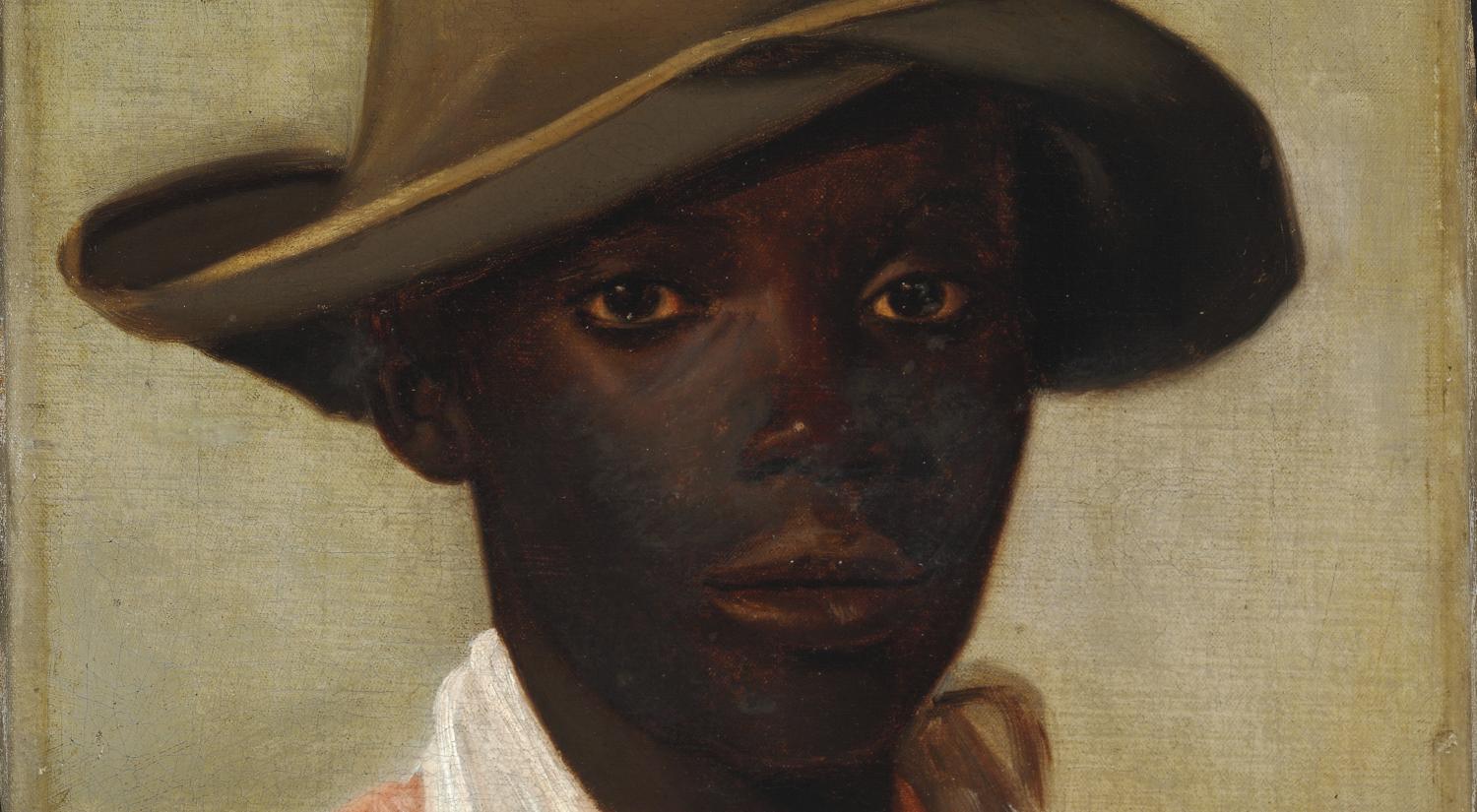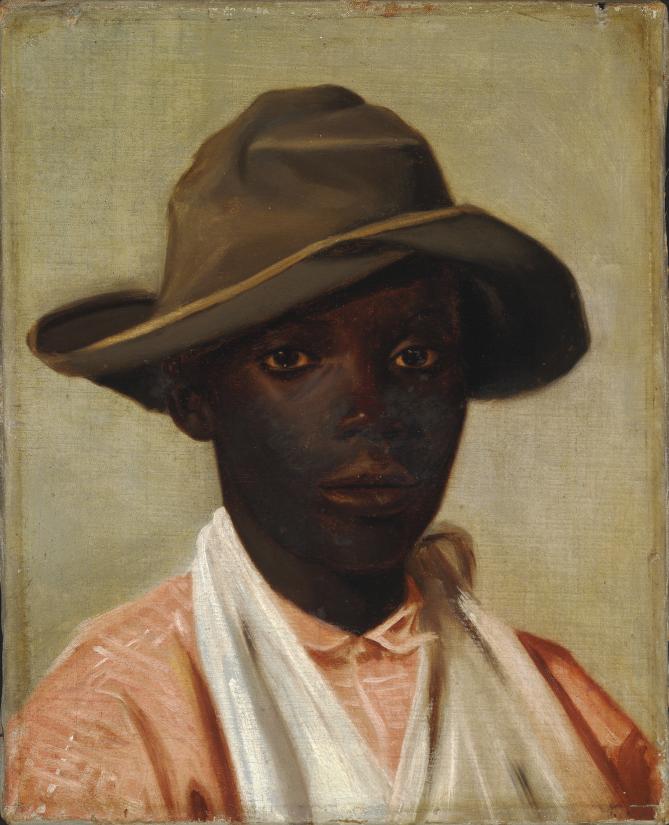When Ordrupgaard Museum reopens next year, visitors will be able to see the painting Portrait of a Boy here. The portrait should be seen in relation to the artist’s childhood on the island of St. Thomas in the Virgin Islands (then the Danish West Indies). The painting belongs in this cultural and geographic context and is a unique example of the early phase in Pissarro’s life and artistic development.
Pissarro gained world fame for his work as an artist while living in France, and despite his Danish citizenship he was known as one of the leading and groundbreaking artists among the French impressionists.
Pissarro’s meeting with Melbye
Around 1850 Pissarro had his first meeting with a professional artist, the Danish painter Fritz Melbye (1826–1869). Melbye had been educated in the artistic tradition of the Danish Golden Age by C. W. Eckersberg, and to some extent he passed on Eckersberg’s tenets and artistic principles to Pissarro. Melbye thus became Pissarro’s first teacher, and the two developed a close friendship and artistic collaboration. Together they travelled to Caracas, Venezuela, where they established a shared studio. In Venezuela they painted numerous nature studies, landscapes and scenes from everyday life, but they also cultivated the art of portrait painting. Thus, the doctrines of Danish Golden Age painting was an important early influence on Pissarro.
The influence from the Golden Age tradition
This influence is clearly evident in Portrait of a Boy, and in many regards the picture of the black boy appears as a traditional Golden Age portrait with all the pertinent characteristics: the slightly oblique angle, the direct gaze, the honesty of the portrayal, the restrained colour range and the boy’s natural, unceremonious pose. Despite its similarities to conventional Golden Age portraits, however, it stands out. The boy in the portrait is not white, but black.
Not just a black boy
The picture includes a number of defining features. His face clearly shows his African origin. The sling around his neck suggests an injured arm, which marks him as a specific individual. In all likelihood, the boy is one of colony’s freed slave children.
In artistic terms, Portrait of a Boy does not in itself break new ground. However, it adds a unique facet to the story about Danish Golden Age painting, just as it holds a seed to the emergence of early impressionism in 1860s France.
About Camille Pissarro
Camille Pissarro (1830–1903) was a Danish citizen, born and raised on the island of St. Thomas in the Virgin Islands (then the colony of the Danish West Indies). He lived here until he was 12 years old, at which time he was sent to a boarding school in Paris. Pissarro is widely considered the founding father of impressionism.
Portrait of a Boy was purchased with support from the private foundation Konsul George Jorck og Hustru Emma Jorck’s Fond, the Danish Agency of Culture and Palaces and the New Carlsberg Foundation.




